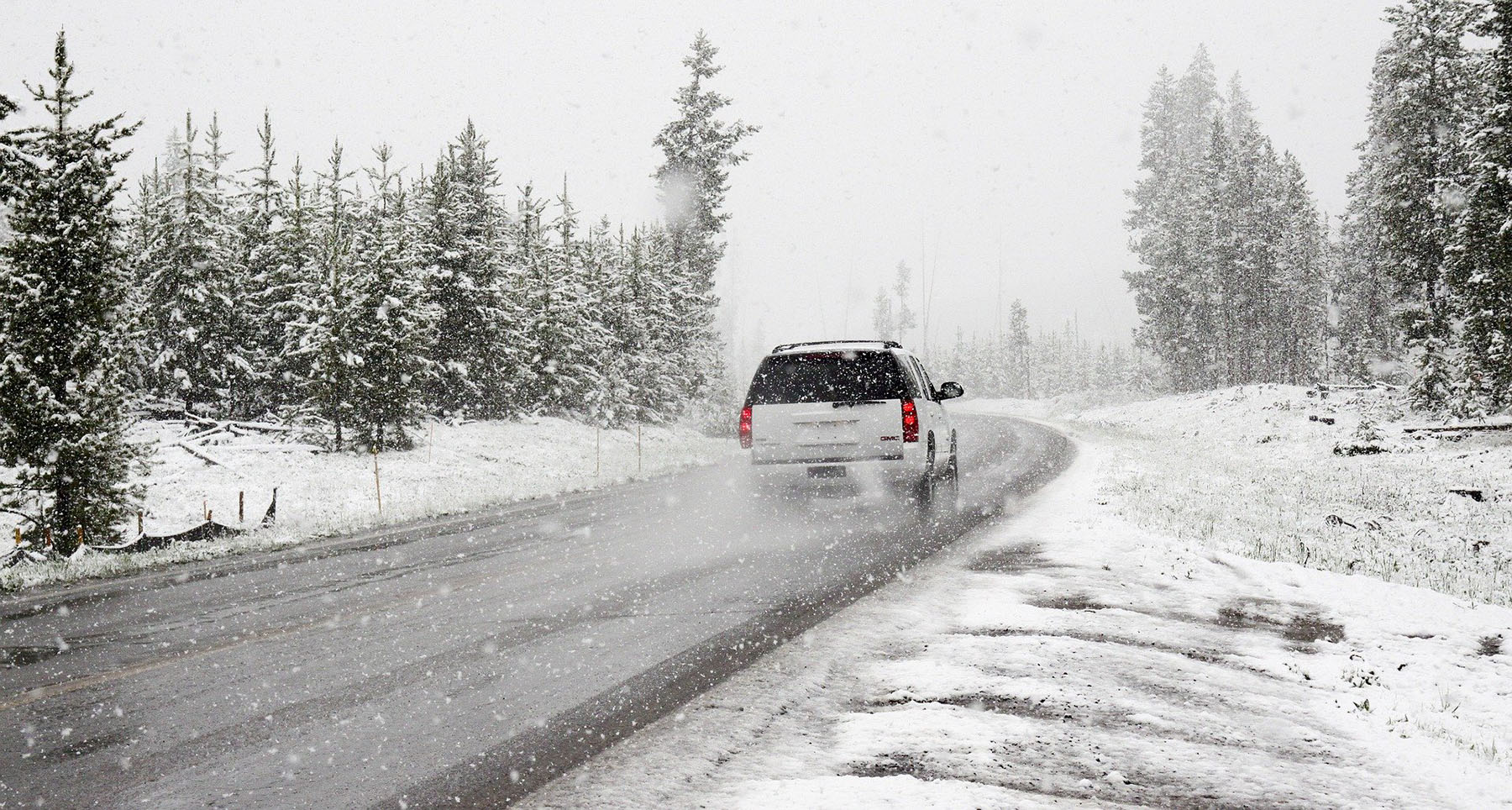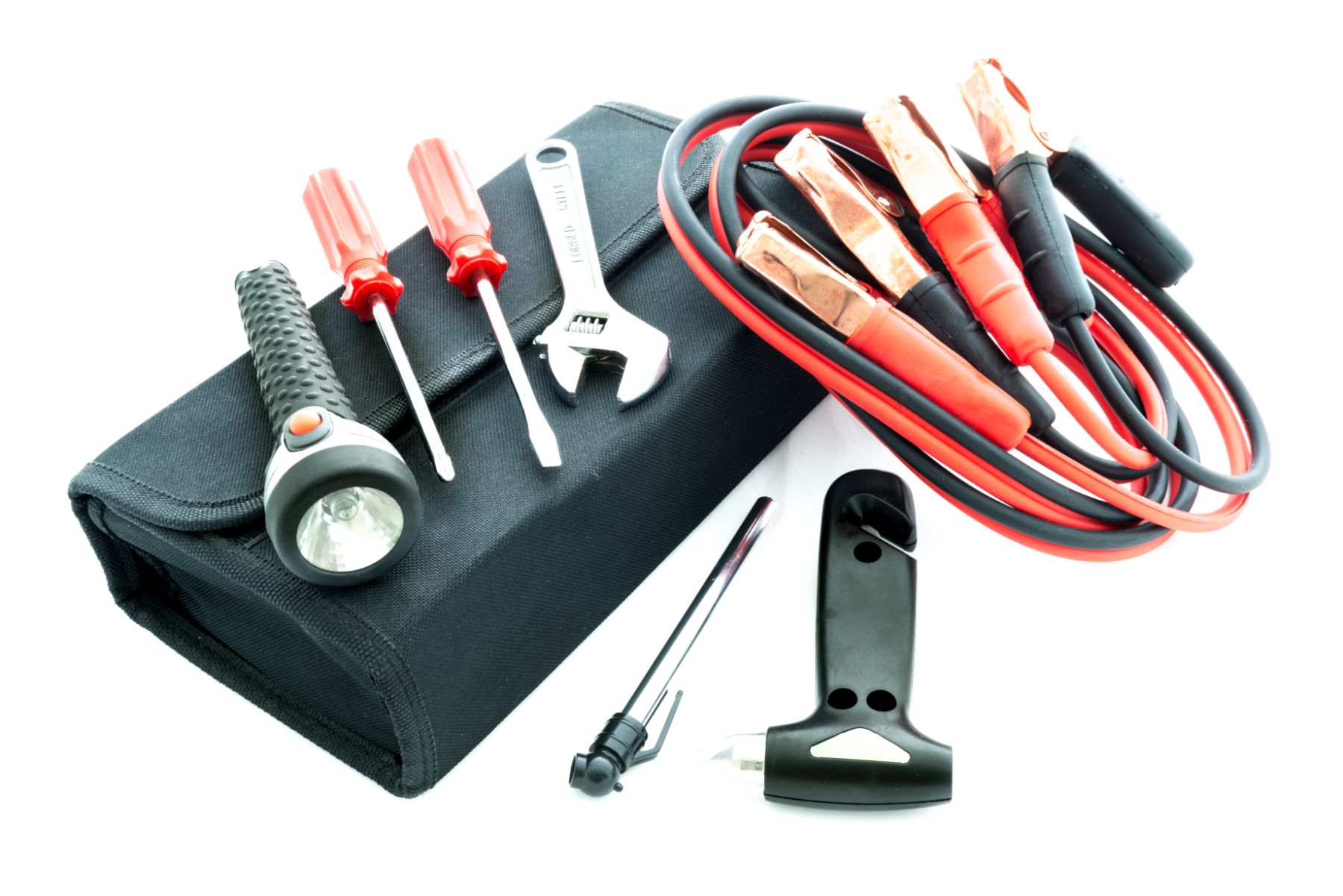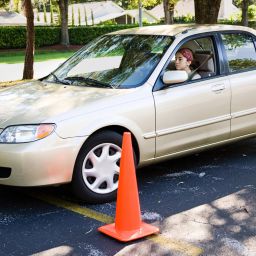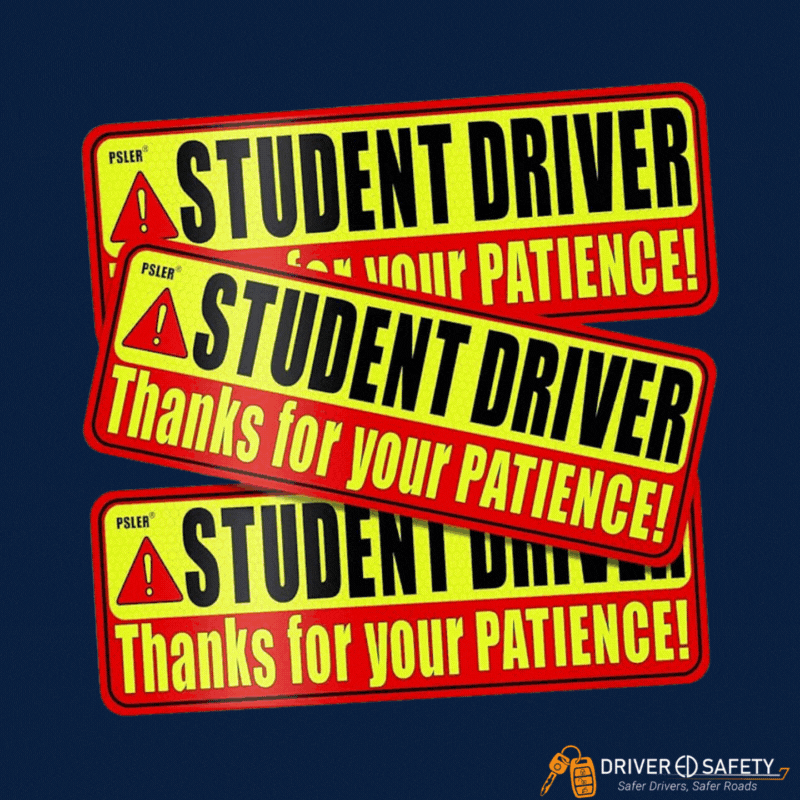
Is your teen about to get behind the wheel for the first time? Perhaps they have their probationary license in hand and are getting excited about driving their friends around. Before your teen has passengers hop into their car, they must know the basics of driving others. The team at DriverEd Safety is dedicated to high-quality, comprehensive driver education that covers everything from the first lesson to hauling passengers. Here are our tips for driving with other people in the car.
1. Know the Rules in Your State
Each state has its own rules governing when new drivers can carry passengers. These regulations are continuously updated, and the rules are likely different for today’s teens than they were when their parents started driving. In Indiana, new drivers cannot drive with passengers until 180 days after obtaining a probationary license. However, there are a few exceptions to this rule. New drivers may haul the following passengers before their 180 days are up:
- Licensed instructors
- People 25 years of age or older with a valid driver’s license
- Spouses at least 21 years of age
- Their children or stepchildren
- Their siblings
2. Minimize Distractions
While this may seem like common sense, it’s all too common for new drivers to drive with distractions. Transporting passengers can result in even more distractions for people just learning to stay safe on the road. If you’re a new driver, don’t be afraid to set ground rules with your passengers. Maybe ask them not to talk while you’re pulling into a parking space to help you focus better, or have your backseat passengers duck down as you back out to make seeing behind you a little easier. If you’re a parent, be sure to set strict guidelines with your teen driver about what kinds of distractions are unacceptable on the road—cell phones, fast food, etc.
3. Be an Active Parent
Being an active parent is crucial if you have a teen driver hitting the road for the first time. It’s a good idea to be one of your child’s first passengers so they can get used to driving with someone else in the car. But whether you choose to ride alongside them or not, always set clear rules about safety behind the wheel. You could impose restrictions on what time your teen can drive or offer new privileges if they don’t incur any traffic violations for the first six months. More than anything, being an excellent example for your teen is essential. They’ll likely adopt your driving behaviors, the good and the bad.
4. Get Familiar with Child Safety Seats
New drivers with children of their own should make every effort to familiarize themselves with child safety and booster seats. Regulations may vary from state to state, so it’s essential to understand the basic guidelines for keeping children safe in the car. Make sure you know how to adjust booster seats and properly buckle up.
5. Read Up on Driver’s Education Programs
Learning to drive safely is challenging, and it only gets more complicated when you add passengers to the mix. Fortunately, DriverEd Safety offers numerous resources to get familiar with the rules of the road. You can take advantage of our various Blog articles to learn the best driving practices, and don’t forget about our guide to BMV Requirements!
Contact DriverEd Safety Today!
At DriverEd Safety, we make it easy for new drivers to learn how to keep themselves and others safe when they get behind the wheel. Are you interested in signing up with us? Reach out to learn more about our driver’s education programs.



















